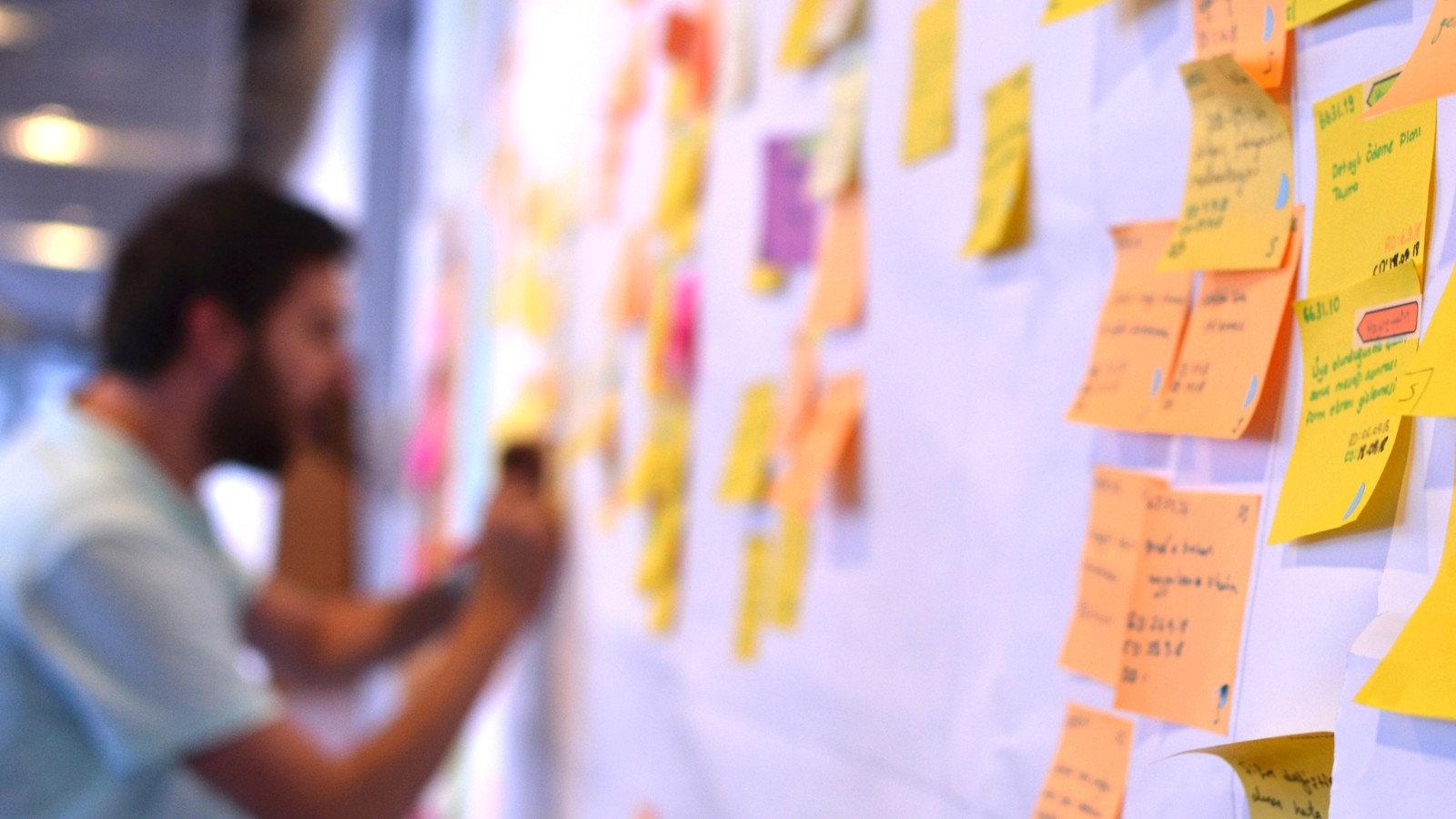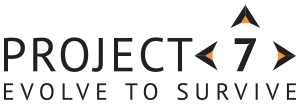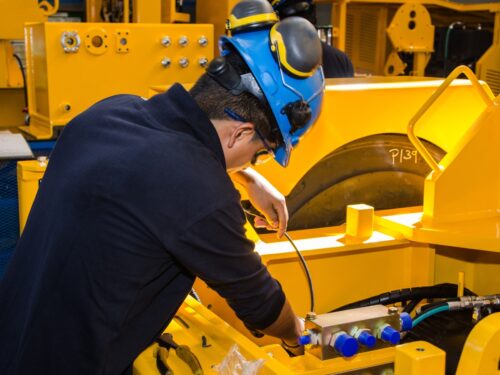
It is well established that Lean cultures can only be successful when all team members become problem solvers and decision-makers. However, the reality of creating such high-performance teams and individuals is consistently underestimated. So, what does it take to transform a group of individuals into a cohesive team of decision-makers and problem solvers? Building on 30 years of military leadership experience and 15 years of industrial leadership and consulting experience, we will highlight some of the characteristics critical to nurturing groups of individuals to become high-performance problem solvers and decision-makers.
Critical Characteristics
Establish Clear Goals and Objectives
When team members understand and commit to the same objectives and goals, they align their efforts and make decisions that support these objectives and goals. Goal alignment seemed easier in the military than in civilian practice. Even when the business ‘mission and vision’ is proudly exhibited on a poster in reception, civilian processes can be stymied by self-interest, hidden agendas, and poor decisions based on short-termism. Successful implementations of Lean by companies such as Toyota, Airbus, Rolls Royce, and Procter & Gamble operate at a maturity level more akin to the military. They cut through local politics, rise above the average, and have decision-makers operating from the bottom up when it comes to problem-solving, decision-making, and ownership.
Effective Communication
Open and transparent communication is critical. Team members need to share information, listen actively, and provide constructive feedback. Here, the Lean tools of Genba, Visual Management, RCPS, and process confirmation promote communication. These tools, essentially leadership practices in the military, foster mutual understanding and help in making informed decisions as leaders and teams follow the most current information to make the best decisions.
Defined Roles and Responsibilities
Clarifying each team member’s role and responsibilities helps prevent overlap and confusion. When individuals know their specific contributions to the team’s goals, they can focus on their tasks and make decisions pertinent to their areas of responsibility. This should include practised SOPs, one-point lessons, SMED schedules, and detailed TPM work orders.
Trust and Mutual Respect
Trust among team members is the foundation of effective teamwork. When individuals trust and respect each other, they are more likely to share ideas, take risks, and support one another’s decisions. That trust is built on competence and character and is the foundation of authentic leadership, respect, humility, psychological safety, and emotional intelligence.
Psychological Safety
Psychological safety plays a critical role in team decision-making by fostering an environment where members feel comfortable expressing their thoughts, ideas, and concerns without fear of ridicule or retribution. This openness encourages diverse viewpoints and constructive dialogue, leading to more thorough and innovative problem-solving. When team members trust that their contributions are valued and respected, they are more likely to engage actively, take risks, and collaborate effectively, ultimately enhancing the quality and effectiveness of decisions made by the team.
Emotional Intelligence
Emotional Intelligence (EI) significantly enhances team decision-making by enabling members to navigate interpersonal dynamics with empathy, self-awareness, and effective communication. High EI allows team members to understand and manage their own emotions and recognise and influence the emotions of others, leading to improved collaboration and conflict resolution. By fostering a supportive and empathetic environment, emotionally intelligent teams can better leverage diverse perspectives, address issues constructively, and make decisions that consider both the logical and emotional aspects of a situation. In practice, this means leaders must get out of the office, interact, and build relationships with all their people. Leaders cannot lead those whom they do not know.
Collaborative Climate
A positive and collaborative team climate encourages members to work together harmoniously. This involves fostering a sense of belonging, encouraging cooperation, consciously building trust, and valuing diverse perspectives. It also means avoiding hidden agendas. In the military, frequent postings necessitated immediate collaboration when joining a new team. While the rank system helped, sustained collaboration depended on leaders walking the walk.
Decision-Making Processes
Establishing clear and efficient decision-making processes ensures that the team can make timely and well-considered decisions. This includes defining how decisions will be made, who will be involved, and how conflicts will be resolved. Sustaining these processes as cultural norms is critical. Choose a process that meets the complexity of the problem and stick with it. Reinventing the wheel with each decision-making process is inefficient and only sustains chaos.
Leadership and Guidance
Effective leadership is critical for steering the team in problem-solving until the team is ready to take on the responsibility of problem-solving themselves. Leaders should facilitate discussions, encourage participation, and provide direction while empowering team members to take ownership of their decisions.
Diversity and Inclusion
A diverse team brings a variety of perspectives and experiences, which can enhance decision-making. Inclusive practices ensure that all voices are heard and considered, leading to more comprehensive and innovative solutions. In one particularly difficult engineering problem, bringing in an HR professional and a receptionist provided considerable insight that complemented the usual engineering-focused thinking.
Conflict Resolution Skills
Conflict is not unusual when developing and nurturing teams. However, developing skills to manage and resolve conflicts constructively ensures that disagreements do not hinder the team’s progress but instead can lead to better decision-making.
Continuous Improvement
A commitment to continuous improvement helps teams to reflect on their processes and outcomes, learn from their experiences, and make necessary adjustments to enhance their effectiveness. Enable the team to set aside time to learn from their experiences and build their expertise or live with lost opportunity.
Wrapping Up
We have detailed the critical characteristics that will enable you to nurture your teams to become decision-makers and problem solvers. Now comes the tough part: the path of change.
In our next article, we will detail how you can nurture your people through the complex path of change, teach you about change readiness, how to avoid change fatigue, and how to be successful by following the RESPECT© change program.



